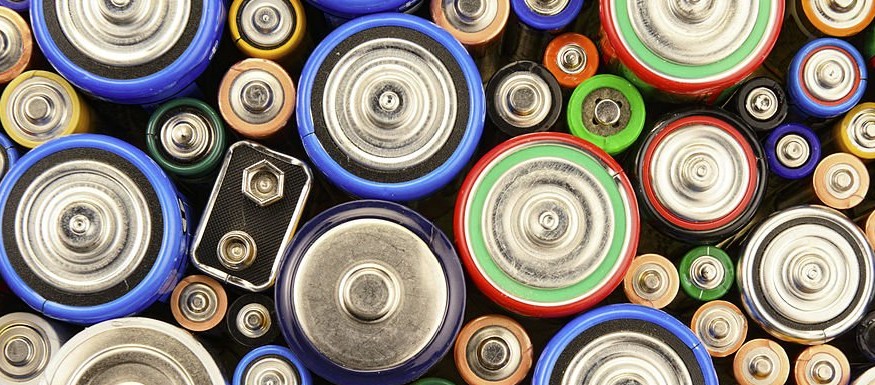
As the global demand for electric vehicles (EVs) and battery storage skyrockets, the conversation is shifting beyond gigafactories and EV models—right down to the rocks in the ground. The supply of critical battery raw materials like lithium, cobalt, nickel, and manganese is emerging as both a linchpin and a potential bottleneck in the clean energy transition.
So what’s the real story behind these materials? And why should battery and automotive companies be thinking critically—literally and figuratively—about where and how they source them?
The New “Materials Trilimma”
According to McKinsey1, the industry faces what they call a “materials trilemma”: availability, affordability, and sustainability. As EV adoption accelerates—projected to hit 28 million passenger units by 2030—battery-grade minerals must be:
- Regionally accessible (to avoid overreliance on a few nations),
- Economically viable (in a volatile commodities market), and
- Responsibly sourced (to meet ESG and Scope 3 emissions targets).
It’s a tall order. Most lithium and cobalt come from just a few places—like Chile, Australia, and the DRC—while refining often occurs in China. That level of concentration raises flags not just for security of supply, but also for ethical and environmental accountability.
Criticality Scores: A Smarter Way to Source
A ScienceDirect study proposes a smarter way to evaluate mineral sourcing: material criticality scores. These regionalized assessments balance social, environmental, and economic indicators to flag high-risk supply routes. Here’s what they found:
- Sub-Saharan Africa: High in reserves but scores poorly on political stability and social indicators, especially for cobalt.
- Europe & North America: Strong governance but low on reserves and mining capacity—raising concerns about future supply security.
- Oceania: A rising star. With decent reserves and better regulatory infrastructure, it’s a promising alternative for diversified sourcing.
These insights help companies avoid oversimplifying the supply question. Just because a material is abundant doesn’t mean it’s a low-risk source. And just because a region is politically stable doesn’t mean it can meet demand.
What Does This Mean for Industry?
For companies in the EV and battery space, this shift in sourcing strategy is no longer optional:
- Portfolio diversification is a must—single-country dependencies are out.
- Traceability and ESG compliance will be under increasing scrutiny, especially in Europe.
- Recycling and circularity strategies need to be scaled to supplement virgin material supply.
Bottom line: if batteries are the heart of the energy transition, then critical raw materials are the arteries. The flow needs to be sustainable, resilient, and transparent—or the system clogs.
1McKinsey & Company (2024) – Toward Security in Sustainable Battery Raw Material Supply
2ScienceDirect (2024) – Approaching Battery Raw Material Sourcing Through a Material Criticality Lens


